Features of flowering hosts

On many backyard territories, hosts grow, which attract attention with luxurious flowering. These decorative foliage plants fascinate not only with spectacular flowers, but also with an exquisite aroma that resembles the aroma of lilac, acacia or jasmine. In this article, we will consider the features of the host flowering, how and when different varieties bloom, whether it is necessary to cut the flowers, the rules for leaving after flowering, and other issues.
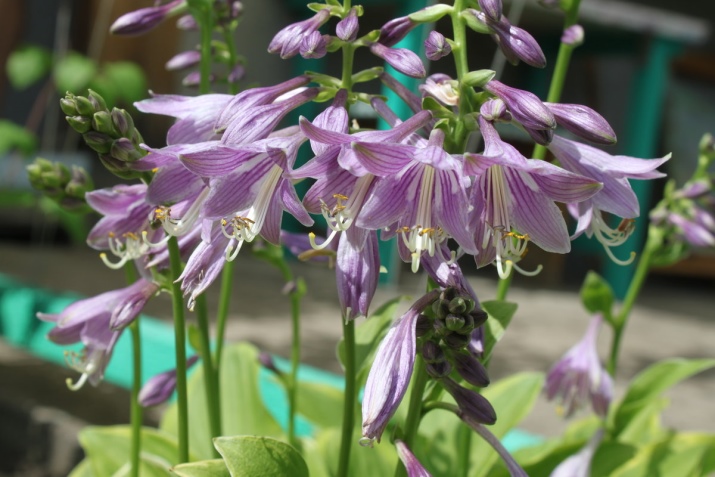
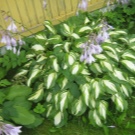
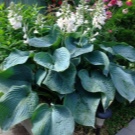
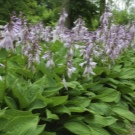

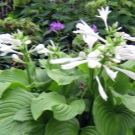
How and when do different varieties bloom?
Experts recommend landing hosts in a diffused penumbra. This option is usually found under spreading tree crowns. In such conditions, the hosts bloom magnificently. Let's take a look at some of the most sought after varieties with fragrant flowers.
- Invincible. The creator of the variety is the famous breeder Paul Aden. This variety is called "invincible" because the plant retains a stable and fresh appearance for a long period. Even when exposed to unfavorable conditions, flowers continue to delight the eyes of others. This variety feels great both in the sun and in the shade, so it can bloom in any conditions. It has bluish white bell flowers. Flowering usually occurs in July and August.
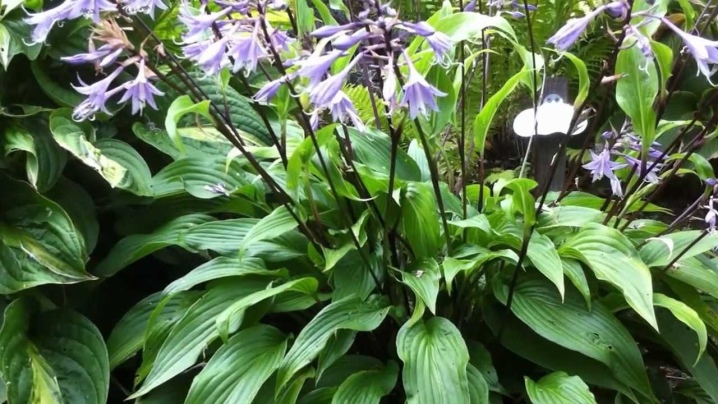
- Fried Green Tomatoes. The olive green leaves are a lot like tomato leaves. In August, peduncles appear, on which large flowers of white or bluish lavender are formed. They attract attention with their amazing scent.
If this variety is grown in deep shade, the leaves become large, dark and glossy. A small shade, the plant gives abundant flowering.
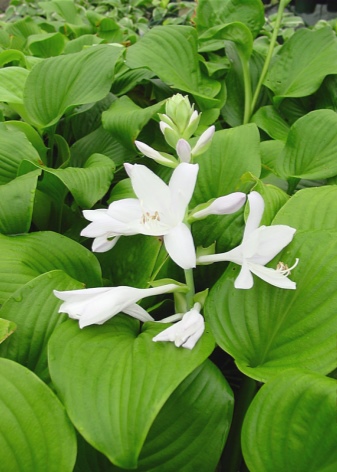
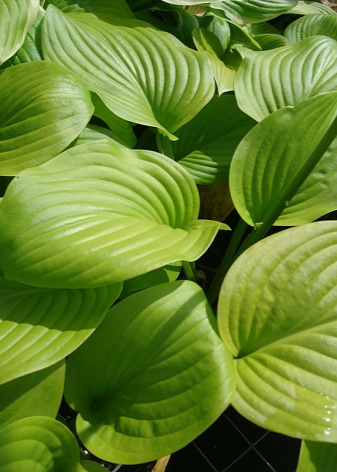
- Royal Standard. This variety has large oval-shaped leaves with wavy edges. In August, the plant forms 12 peduncles, each of which has from 6 to 8 white flowers.
The peculiarity of the variety is that the flowers have a jasmine aroma. This host can be planted both in open areas and in the shade.
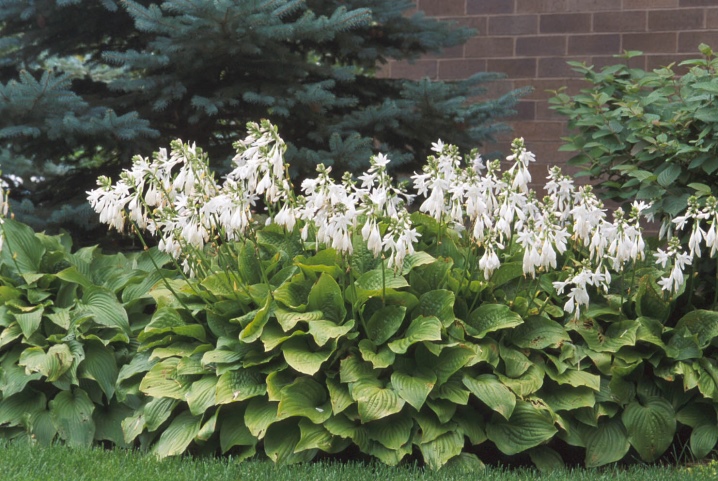
- Fragrant Bouquet. This variety has rather large oval leaves. Already in July, flowers of a light purple hue begin to bloom. This hosta can be combined with different colors. It is resistant to sunlight as well as various known diseases.
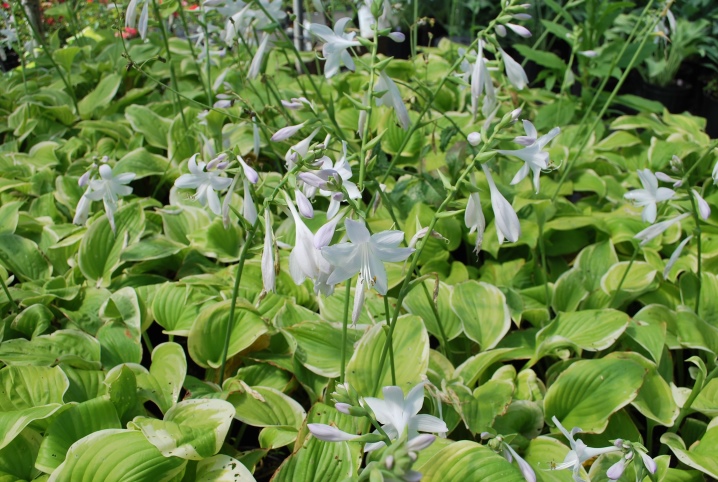
- Blue Angel. This hosta got such an unusual name due to the bluish-green leaves that look like terry. The dimensions of the plant are 30 cm wide and 40 cm long. Already in July, the first flowers of a pale purple color, closer to white, begin to form. Hosta blooms until October.
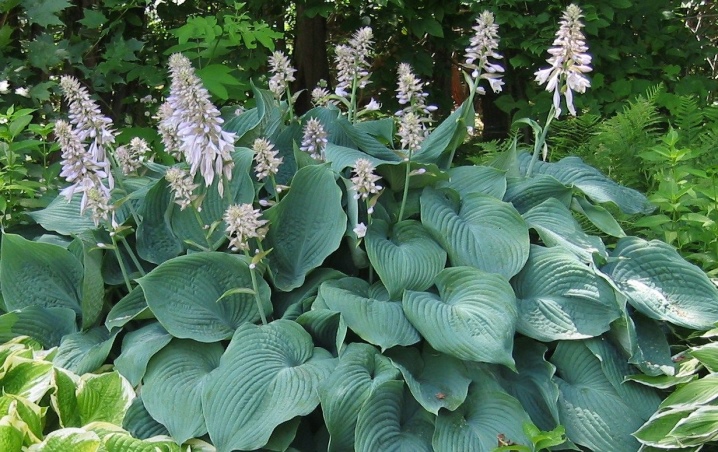
- Iced Lemon. This hosta belongs to the miniature, because it can reach only 20 cm in height. This variety has yellow-green leaves with a white border. The plant blooms with light purple bell-shaped flowers, while exuding the scent of lilac. Flowering time is from August to October.
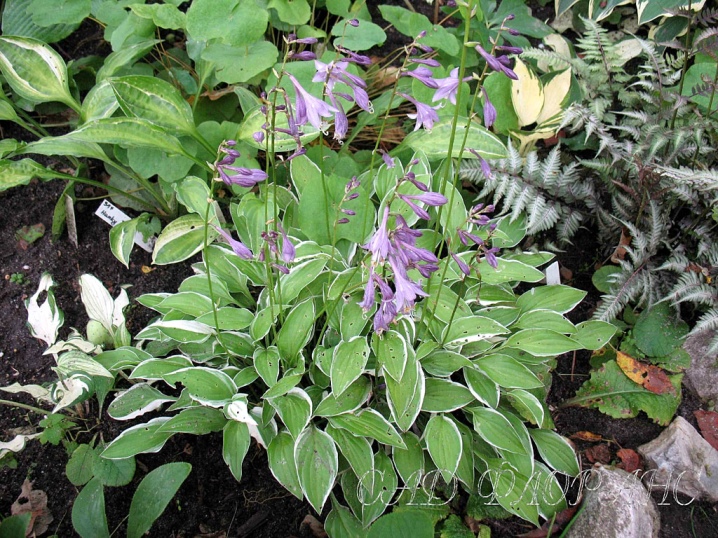
Important! The so-called red hosts deserve special attention, although they do not exist, or rather, there are plants with red petioles, but there are no completely red hosts yet.
A prominent representative is the Raspberry Sundae. This variety has not only a red petiole, but also a small part of the base of the leaf.
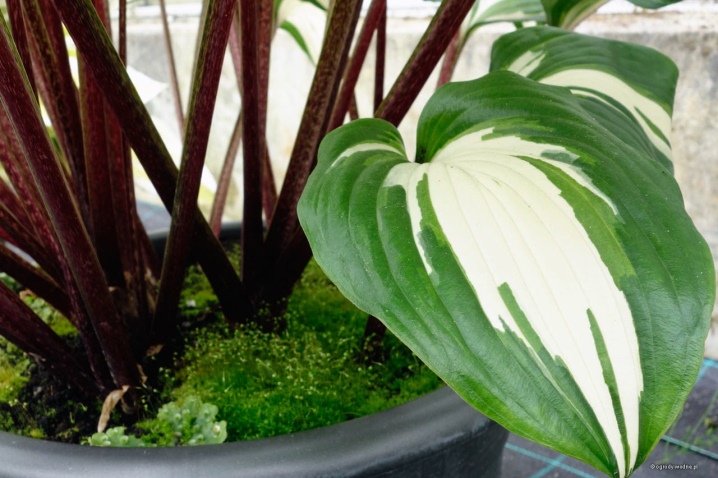
Do flowers need to be cut?
Many are interested in the question of what needs to be done with the peduncle in the fall, when it has already completely faded. The answer is unequivocal - peduncles must be removed before winter arrives... From a theoretical point of view, pruning of peduncles can be carried out in spring, but during this period, the buds can be damaged, which cannot be said about autumn pruning.
In addition, the autumn pruning of the peduncle allows you to save energy in winter, it will not go to ripening the seeds.
Landscape designers fully support the idea of pruning hosta stalks. This plant attracts attention with its exquisite and rather lush greenery. To make it look beautiful, the bush must spend quite a lot of energy on this process. For this reason, experts always emphasize that pruning of the peduncle should take place in the fall, then the plant can use all its strength to build foliage.
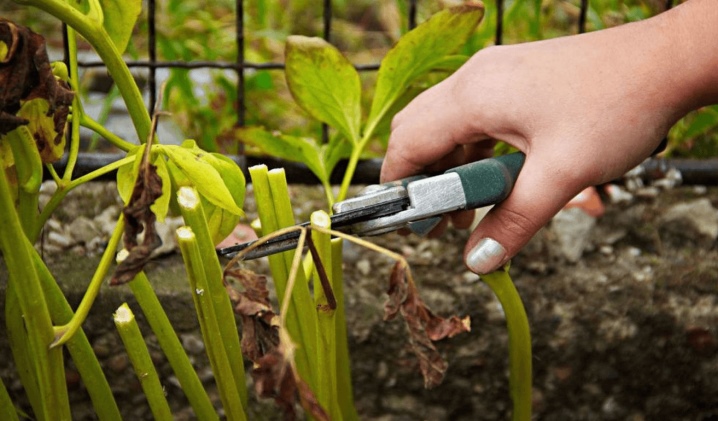
Can flowering hosts be transplanted?
Many give a positive answer to this question. Flowering hosts can be repotted throughout the summer, although it is best to do this in July. If you need to transplant earlier, be sure to take the host with a lump of soil. But immediately before transplanting, the plant should be watered abundantly. It is better to use seedlings that have a small part of the leaves, which will allow the growth of roots, while avoiding a lot of moisture evaporation.
After transplanting, you need to monitor how moist the soil is. Also, young plants should be shaded.
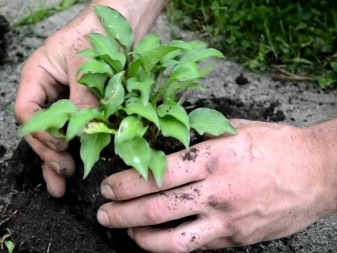
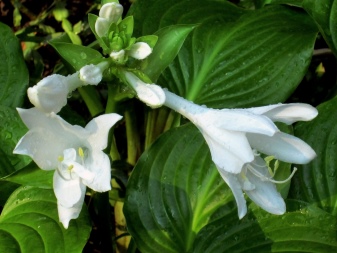
Post-flowering care rules
Many gardeners prefer the cultivation of hosts, because it allows you to decorate the backyard area, does not need special care, which saves a lot of time. Many varieties bloom quite late - in August. But when the hosta fades, it needs special care.
Peduncle pruning
This is a required step, as mentioned above. Thus, the plant does not waste its nutrients to maintain the peduncle in which the seeds ripen.

Mulching
The main layer of mulch is the fallen leaves of the plant. To fertilize the soil, as well as insulate the plant, it is necessary to add organic mulch, which may contain sawdust, peat, grass cuttings. Mulch needs an insecticidal treatment before use, because it can help prevent various bacterial and fungal diseases. An excellent choice is Fitosporin. The worst enemies for the hosts are slugs and snails. To combat them, dusting the beds with tobacco dust is suitable.
Important! Top dressing should be excluded after the host has faded. Fertilizers can be applied until the end of August, after which they become taboo. If they continue, then the plant will not be able to enter the calm phase in order to spend the winter.

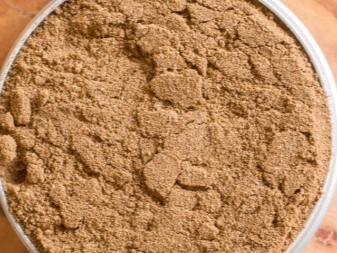
Watering
This stage is very important. The soil should be moistened up to half a meter in the autumn. Likewise, the root system will absorb a lot of moisture. With the arrival of cold weather, the amount and volume of irrigation should be reduced. And closer to frost, the plant does not need watering at all.
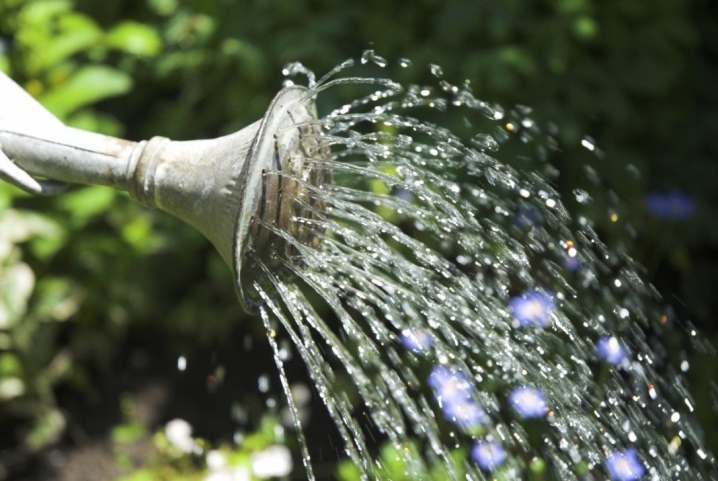
After flowering, the host needs to divide the bush or transplant. This process is carried out as follows.
- The plant must be dug out, while maintaining a lump of soil.
- The bush can be planted in a new place or divided into parts. Then plant each of them separately, while each element for seedlings must have strong roots and 2 sockets.
- If the transplant is made in September, then the host will have time to put down roots in a new place and will normally survive the frosts.
- It is worth keeping a distance of 30 cm between the bushes, because many plant varieties have a strong and spreading root system.
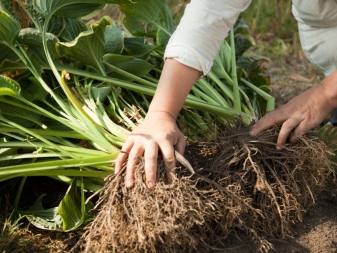
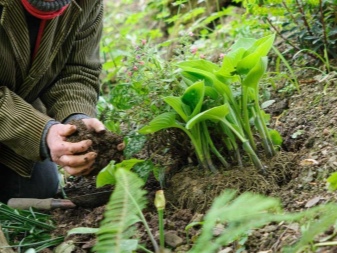
Important! If there is no possibility of transplanting hosts, you should not be upset, since the plant can actively grow and develop in one place for up to 20 years, but you should adhere to the basic rules for caring for the plant.
Why doesn't it bloom and what to do about it?
It is worth noting that hosts do not grow very quickly.At the age of 3-5 years, we can say that the plant has become an adult. It is worth noting that usually the host does not bloom in the first year after planting, so you should be patient and wait for the long-awaited flowers. Although sometimes the reason lies elsewhere.
It is worth paying attention to a specific plant variety, since late varieties do not have time to bloom before the arrival of winter. This is especially true of late varieties that grow in the shade. The host's street may not have time to bloom before the frosts come.
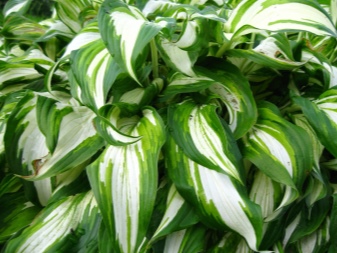
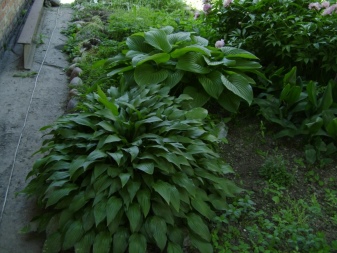
For taking care of the hosta after flowering, see the next video.







































































































The comment was sent successfully.